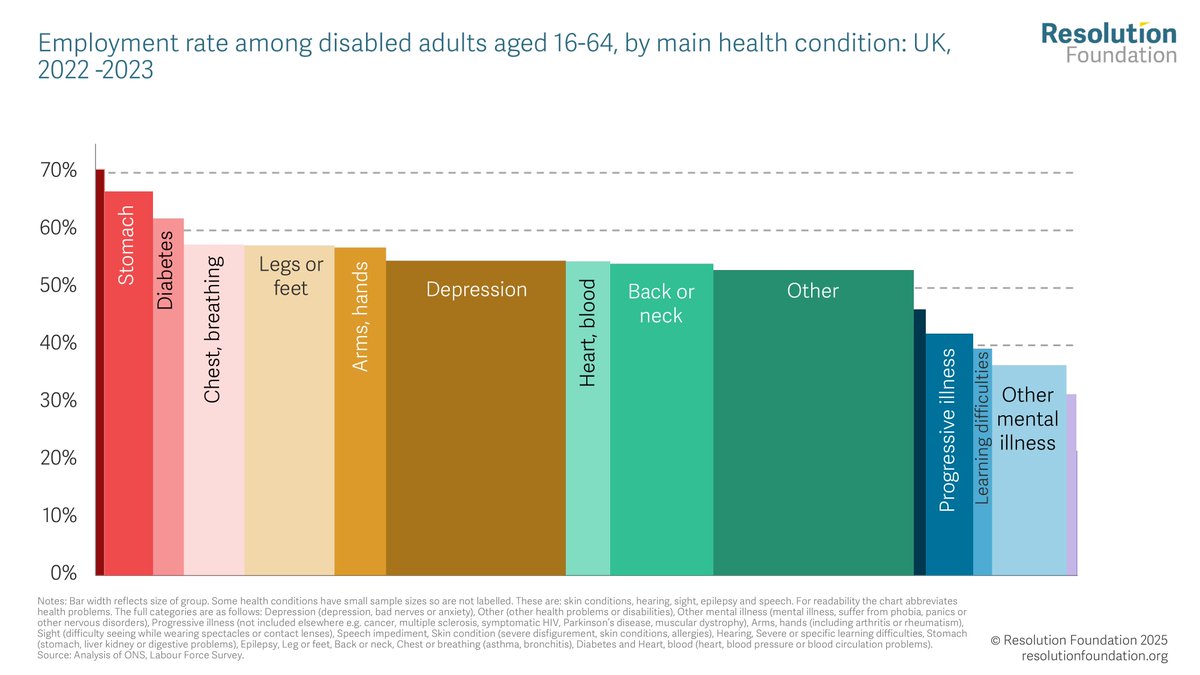
Resolution Foundation
@resfoundation
Resolution Foundation is a think-tank working to improve the lives of people on low-to-middle incomes. Launched May 2021: The Economy 2030 Inquiry
Concerned that some of your other social media feeds don’t have enough charts? 🤔 Never fear! You can also follow the Resolution Foundation on: 🦋Bluesky: bsky.app/profile/resfou… 📷Instagram: instagram.com/resolutionfoun…
Explore our interactive housing indicator charts now ⤵️ buff.ly/2HNBbvk
Having a disabled person and a carer in the family is associated with a £3,300 hit to household income. This rises to £7,600 if disability benefits are excluded. Read more ➡️ buff.ly/u26GnmA

Disabled people’s access to flexible work is not evenly spread. There is significant variation by workplace size, sector and education level. Read 'Opening doors' now ⤵️ buff.ly/d9KvJpj
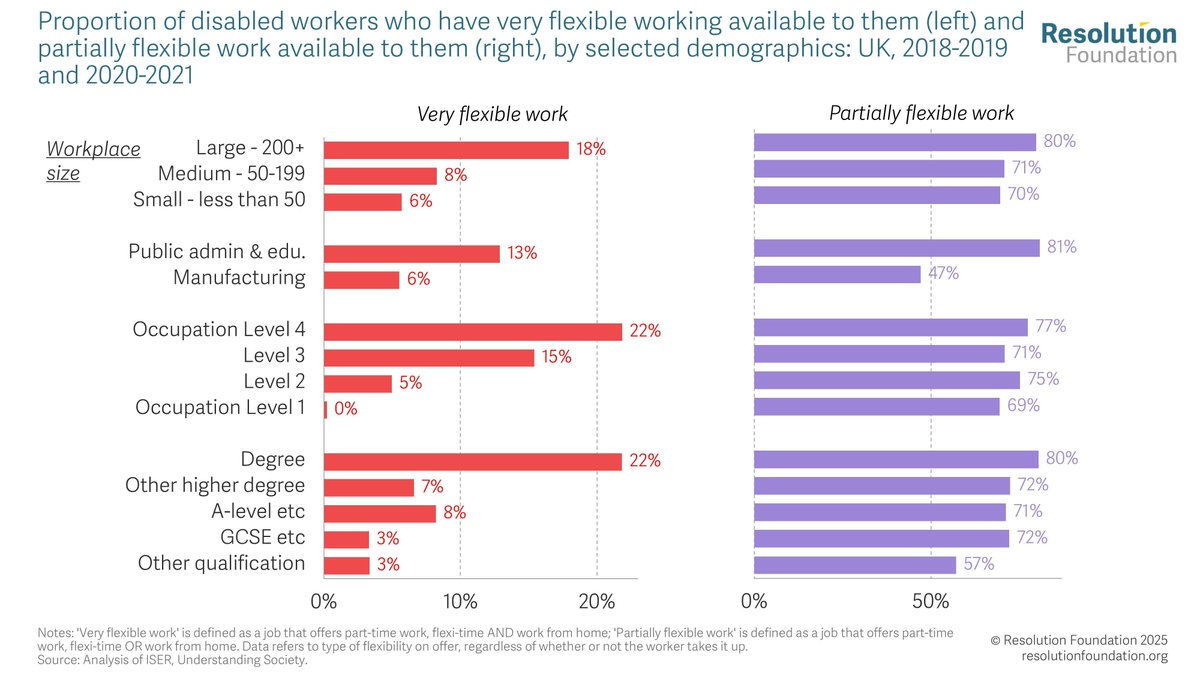
Many of our focus group participants stated difficulties accessing the flexibility they require at work, and instead turn to non-traditional forms of work, including zero-hours contracts and self-employment. But this comes with drawbacks - particularly the lack of employment…
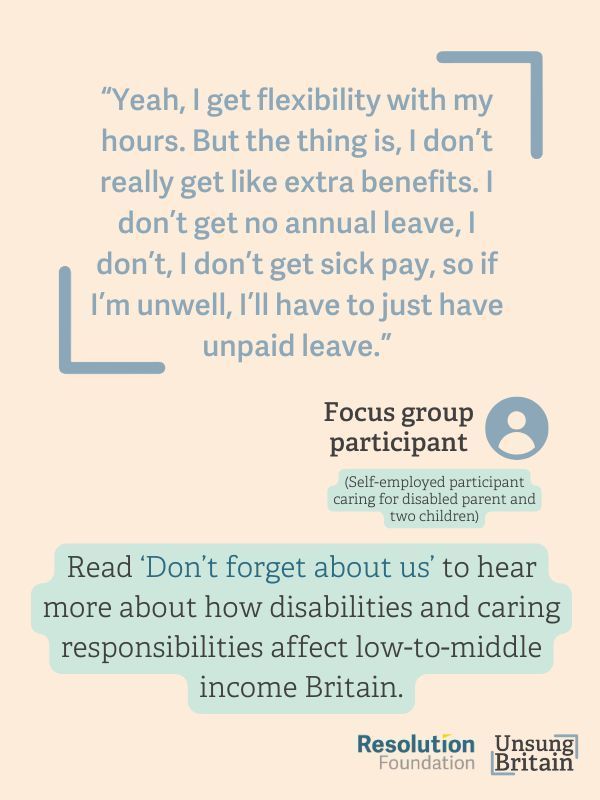
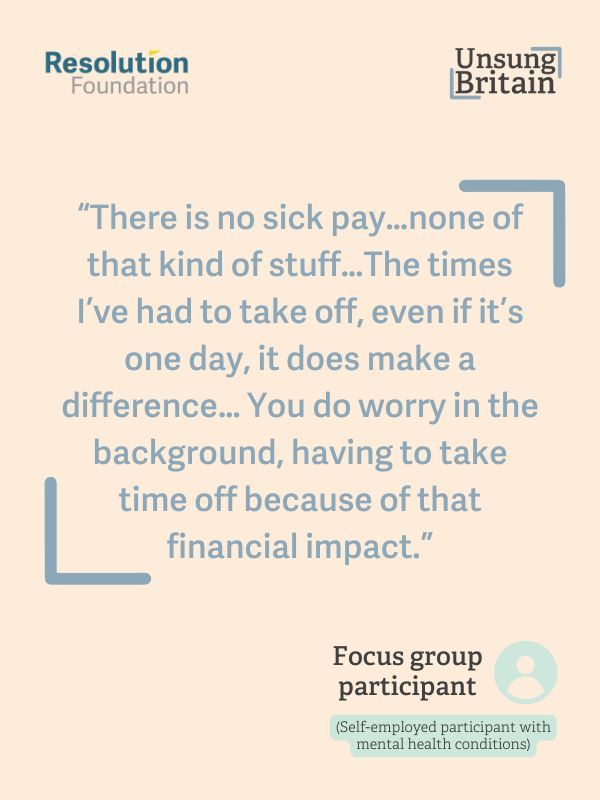
This week's Top of the Charts includes... recommended summer reading? 🤔 Read it now for insights on Gettysburg and Spotify, as well as a glimpse at the RF team's summer reading, from @youngvulgarian to @RobertACaro ⤵️ buff.ly/vjjIUyZ
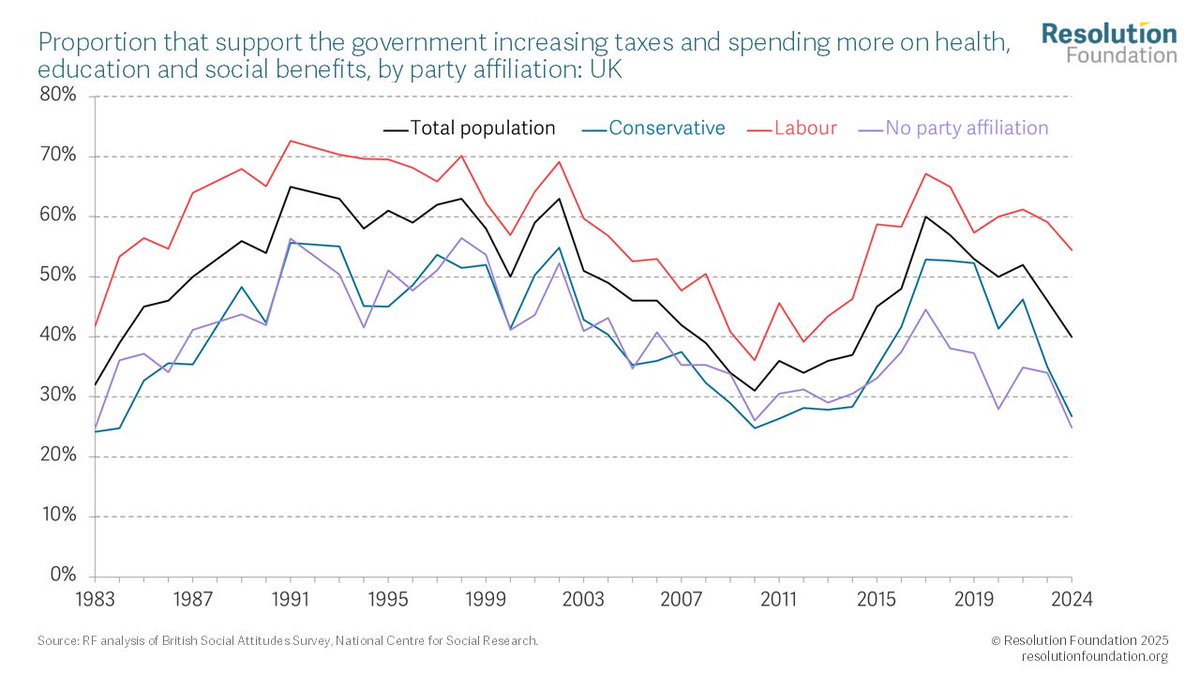
In 'Opening Doors' we suggest how the Government could strengthen employer incentives to create more opportunities for disabled workers. Read the full report here➡️ buff.ly/d9KvJpj
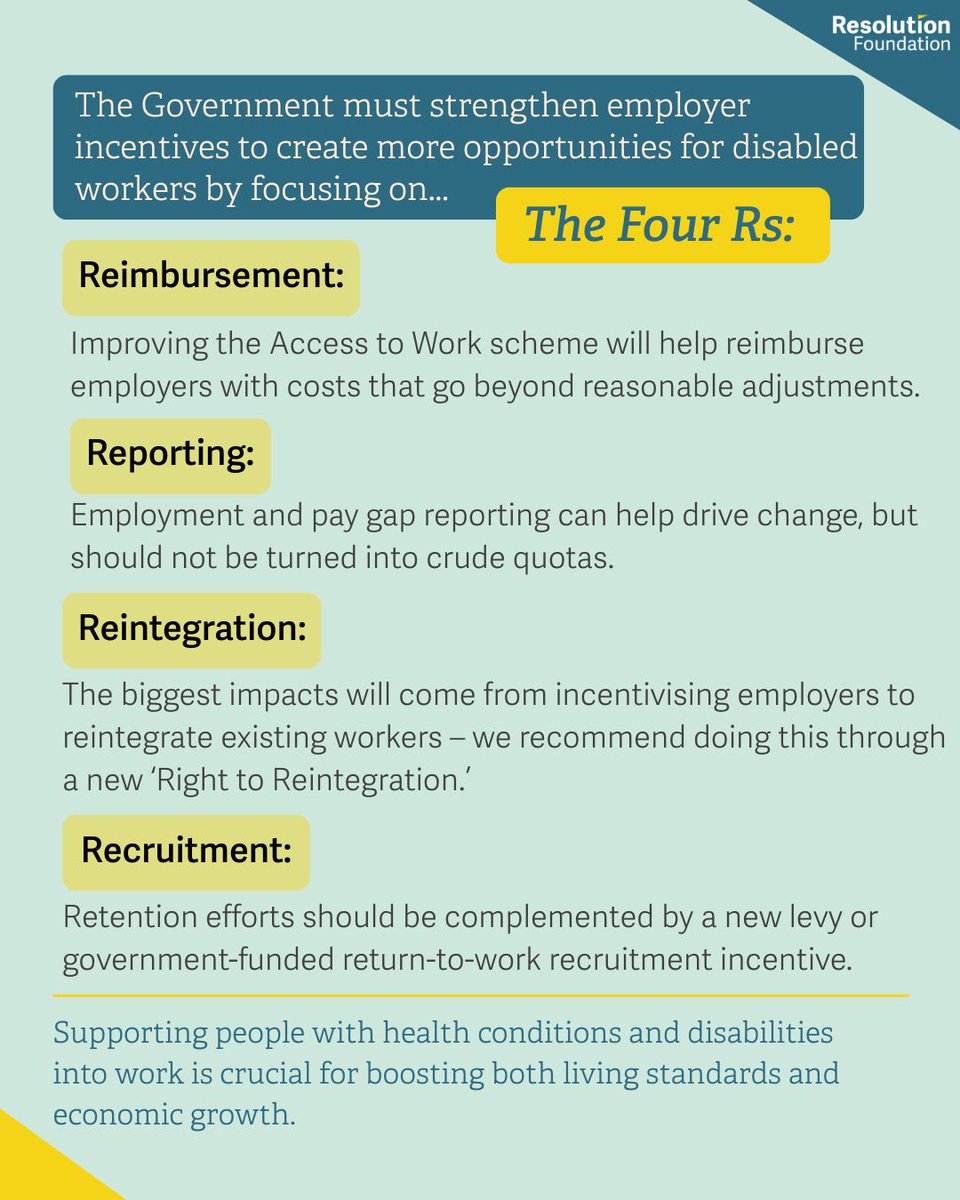
Public views on tax and spend are counter-cyclical ⤵️ Support for more dipped in the big-spending New Labour years, rising again during coalition/Conservative austerity. Read this week's Top of the charts now 👉 buff.ly/vjjIUyZ
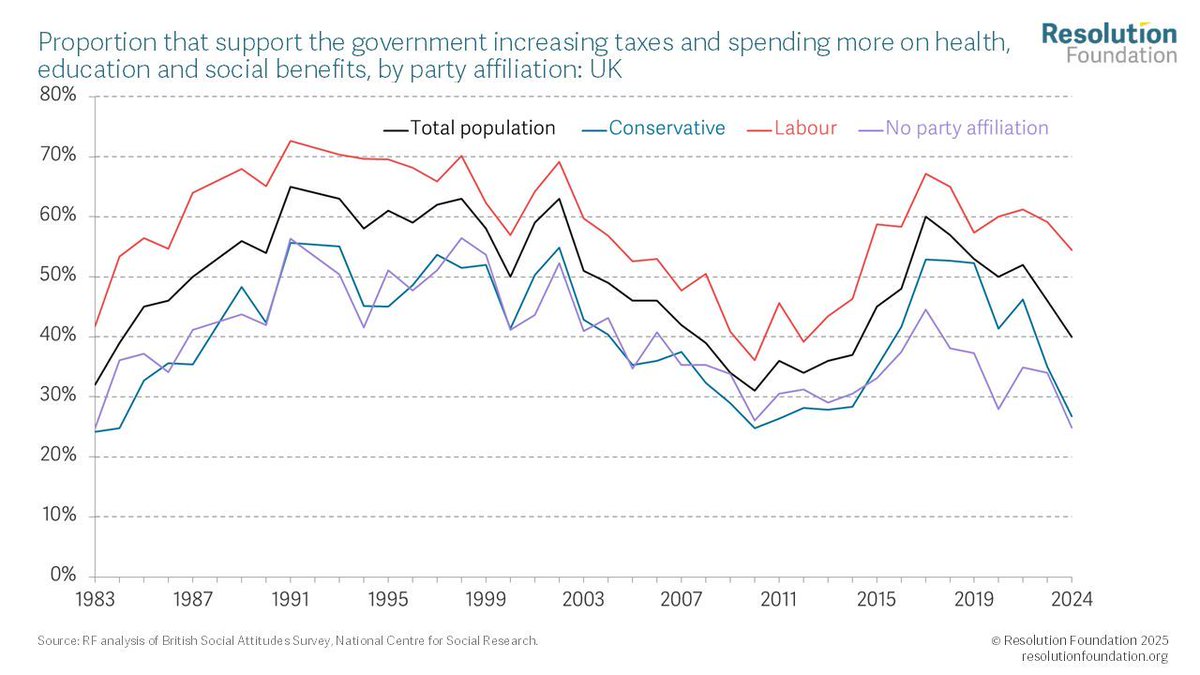
Countries with high overall employment rates tend to have higher rates of part-time employment. Making part-time work more accessible may help some disabled workers back into the labour market, although it does carry some risks. Learn more in 'Opening doors' ⤵️…

The Gatekeeper Act in the Netherlands radically reduced inflows into disability pensions. If reforms in the UK found a similar level of success, it could lead to incapacity benefit on-flows falling by two-thirds.
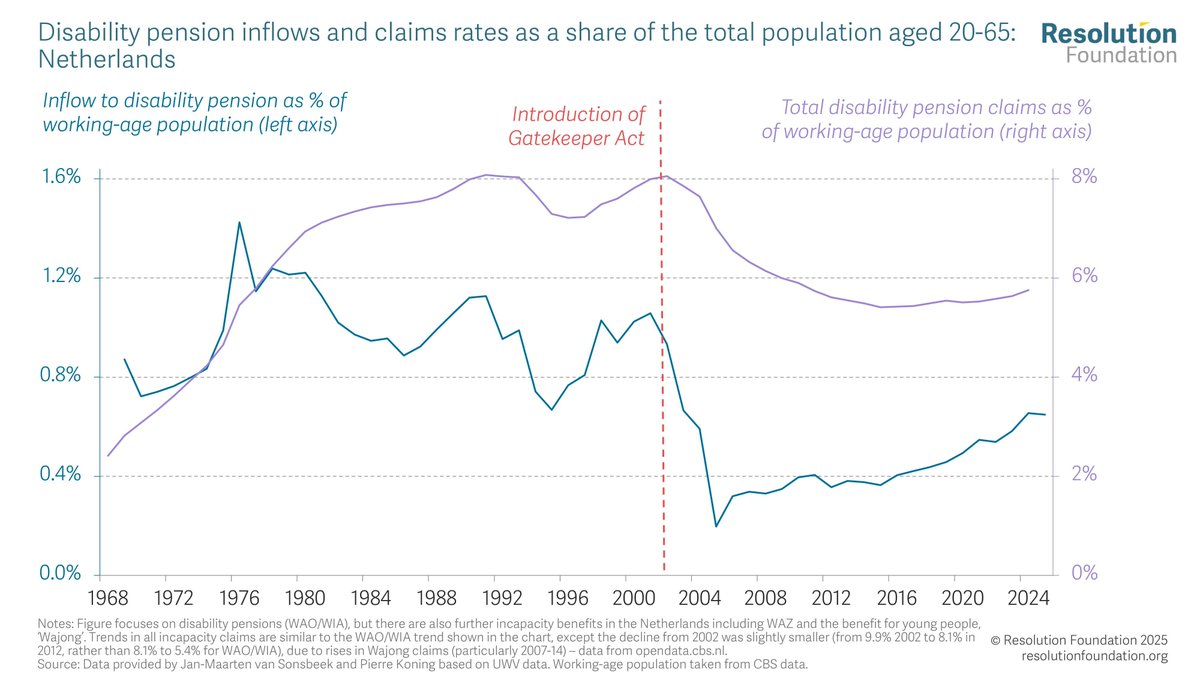
The new Pensions Commission should aim to boost both retirement incomes and ‘rainy day’ savings. Get the full RF response here ⤵️ buff.ly/z05IuoQ

Each year, more than twice as many people move from employment to health-related inactivity compared to moving the other way. Read 'Opening doors' now, to learn how employers can create more opportunities for disabled workers 👉 buff.ly/d9KvJpj

One-in-eight disabled employees leave work each year... ...and this has been rising over time ⤵️

Disabled people's access to flexible work is not evenly spread. For more about employment access for disabled people, read 'Opening Doors' ⤵️ : buff.ly/d9KvJpj

In our report Opening Doors, we suggest how the Government should strengthen employer incentives to create more opportunities for disabled workers. Read the full report here➡️ : buff.ly/d9KvJpj
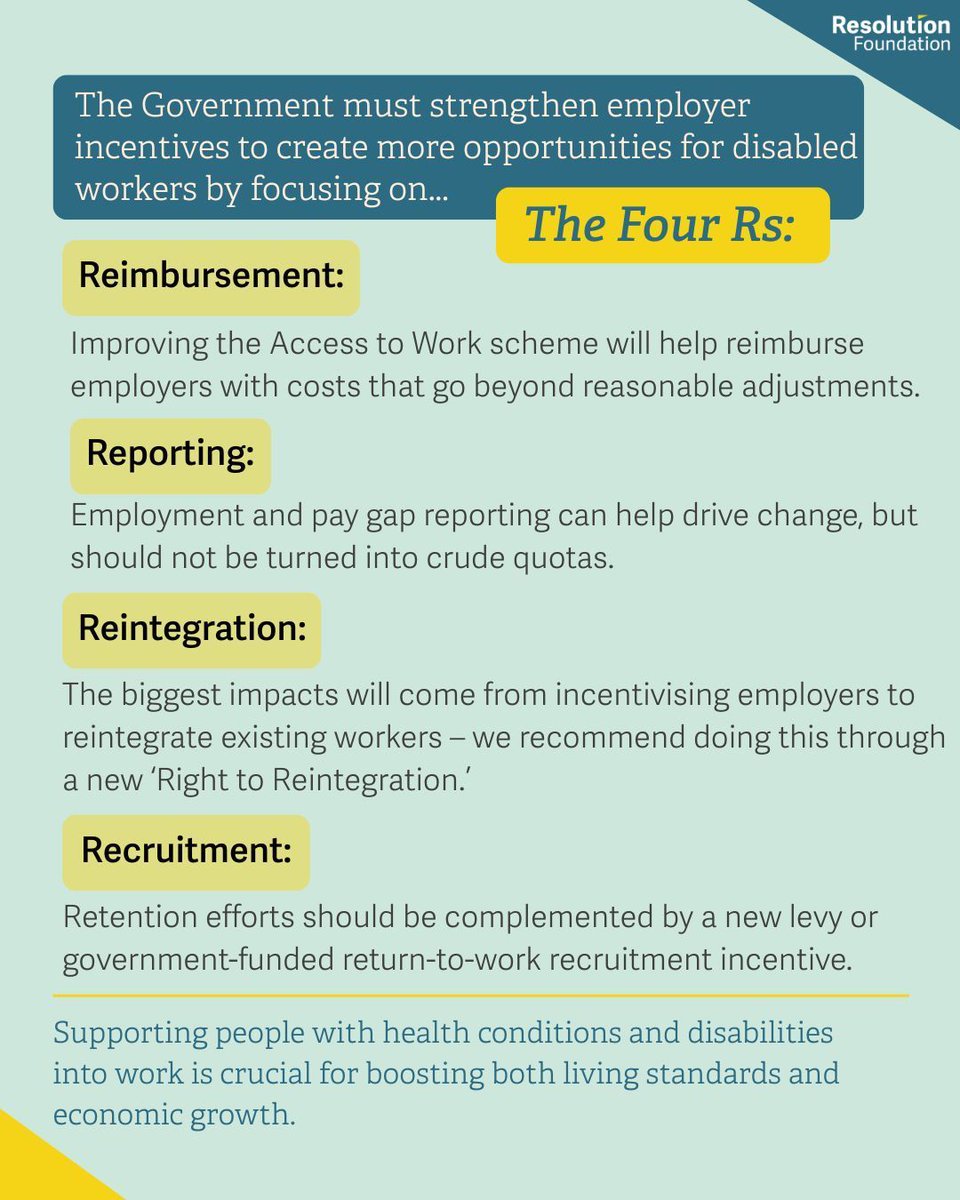
Recent labour market stats show that the jobs market is continuing to weaken. And there are signs that the weakening jobs market is feeding through into pay, as we would expect. Nominal average regular earnings growth over the year was 5% in the 3-months to May. More here➡️…
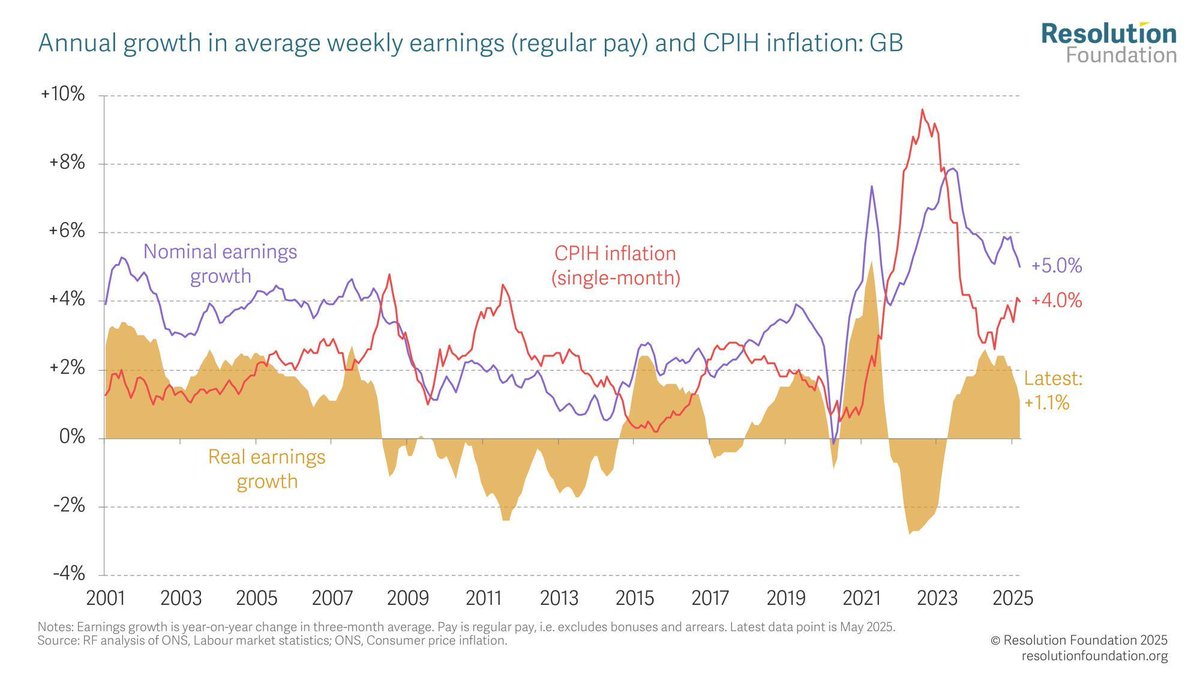
There is a wide variation in employment rates between disabled people with different health conditions.

Many of our focus group participants stated difficulties accessing the flexibility they require at work, and instead turn to non-traditional forms of work, including zero-hours contracts and self-employment. But this comes with drawbacks - particularly the lack of employment…


The bottom two-fifths of the income distribution saw the biggest rise in essentials spending between the financial crisis and the pandemic Rising energy prices in particular have led to a ‘comfort crunch’ as families spend more of their budgets on essentials.
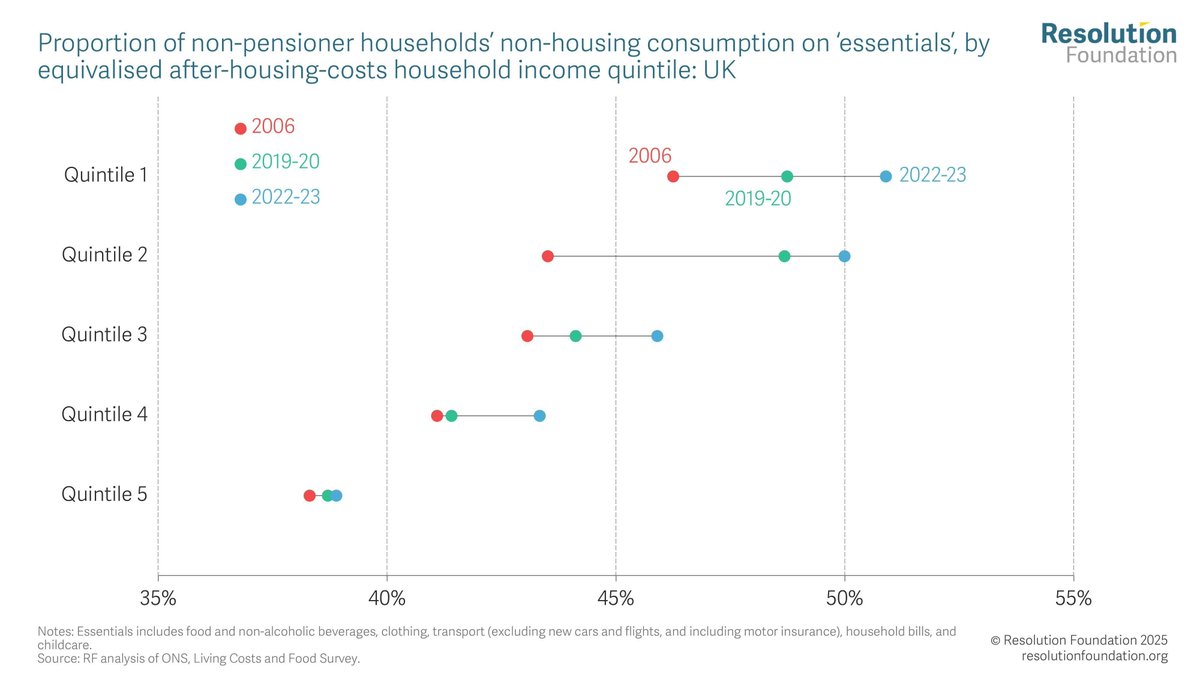
Disabled people’s access to flexible work is not evenly spread. There is significant variation by workplace size, sector and education level. Read 'Opening doors' now ⤵️ buff.ly/d9KvJpj
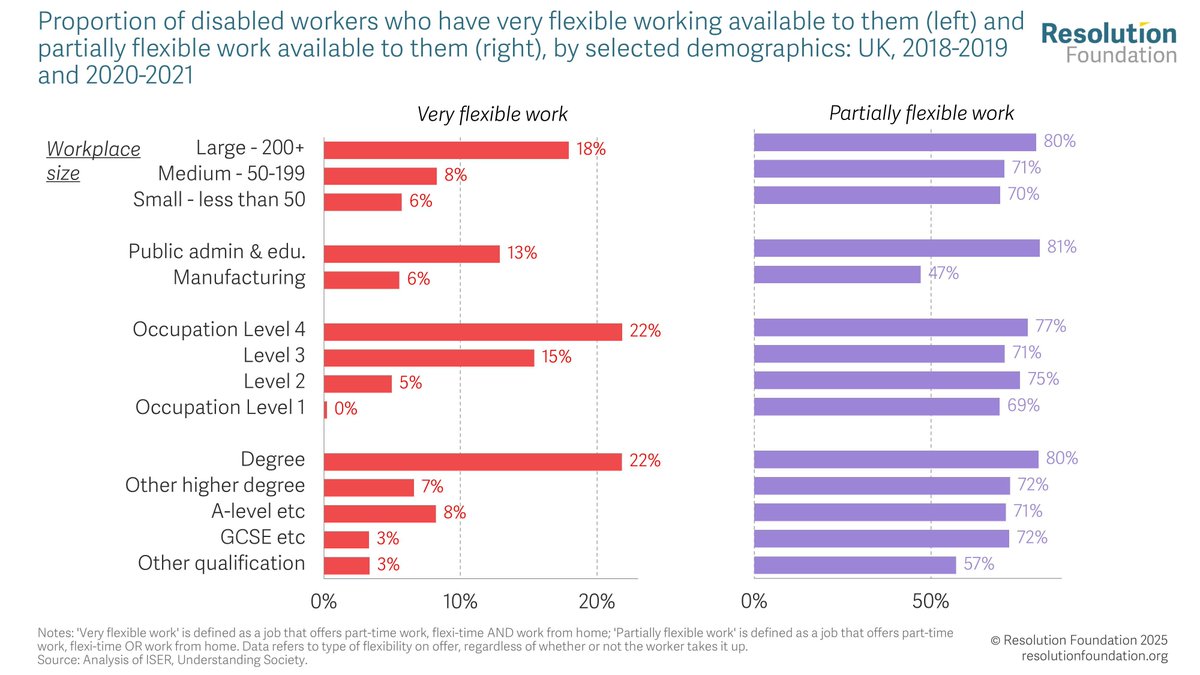
There is wide variation in employment rates between disabled people with different health conditions 👇 More than 3/5 of people with diabetes are in employment, but less than2/5 of people with learning difficulties or an ‘other’ mental health condition are in employment.
